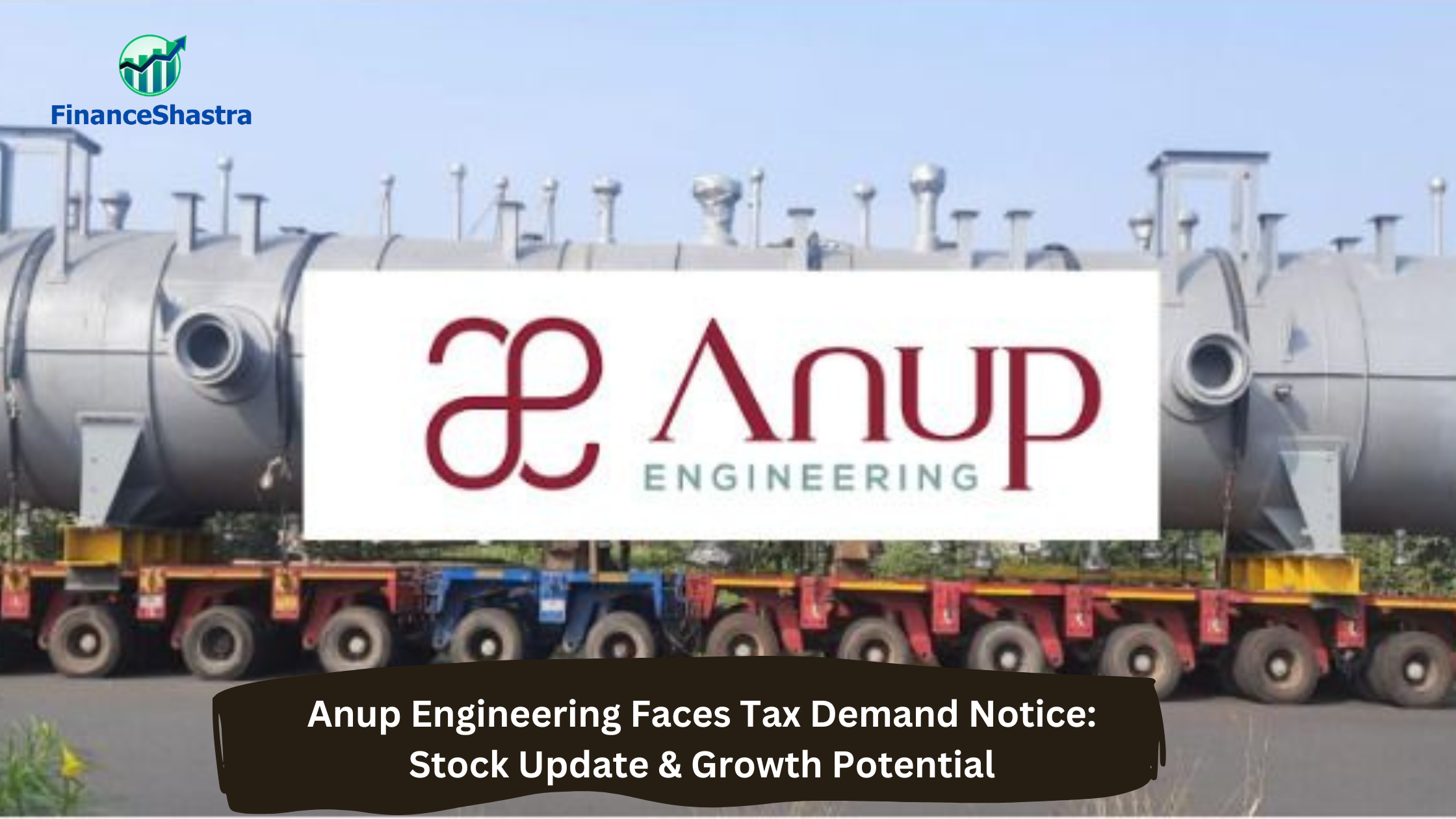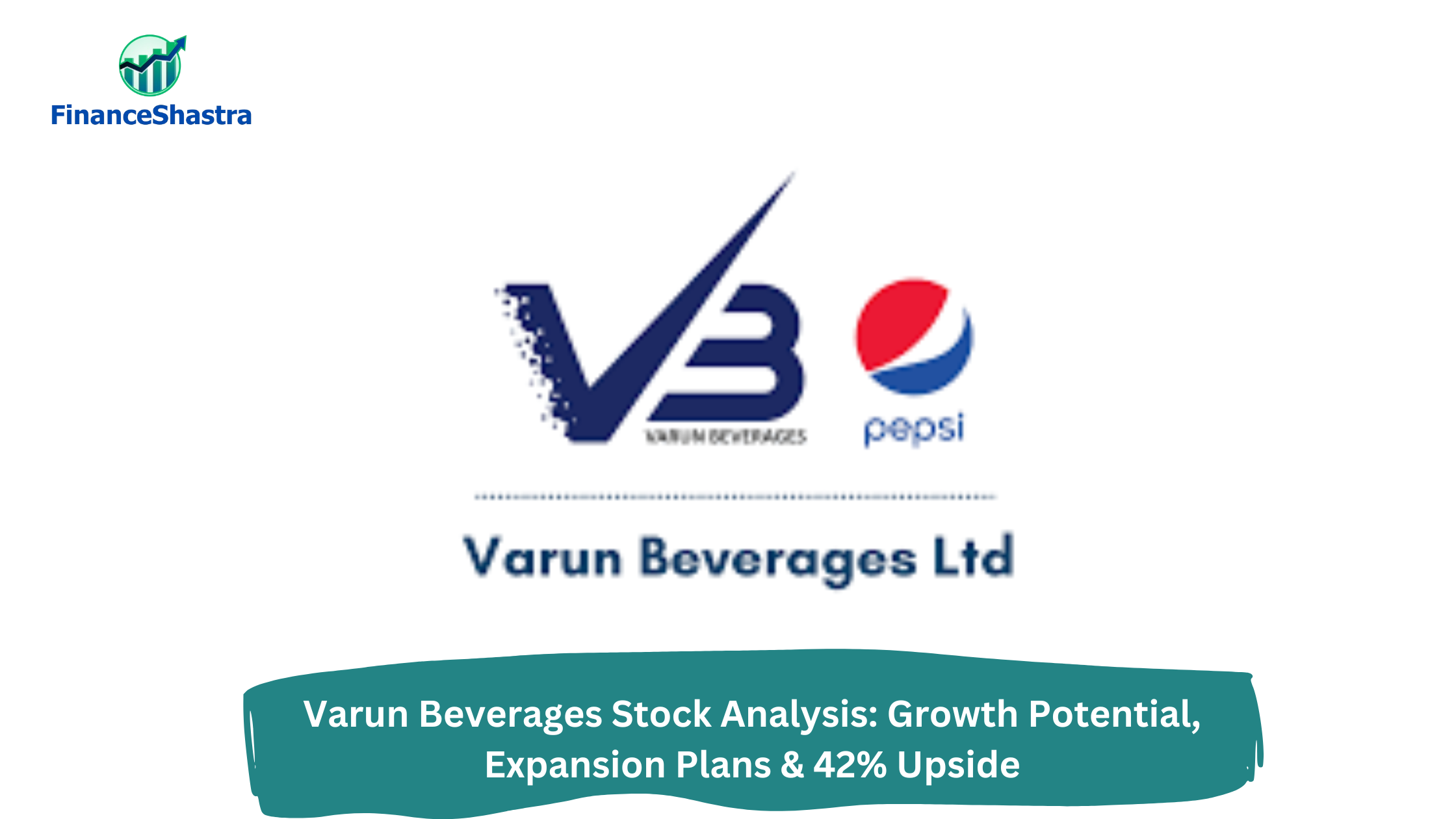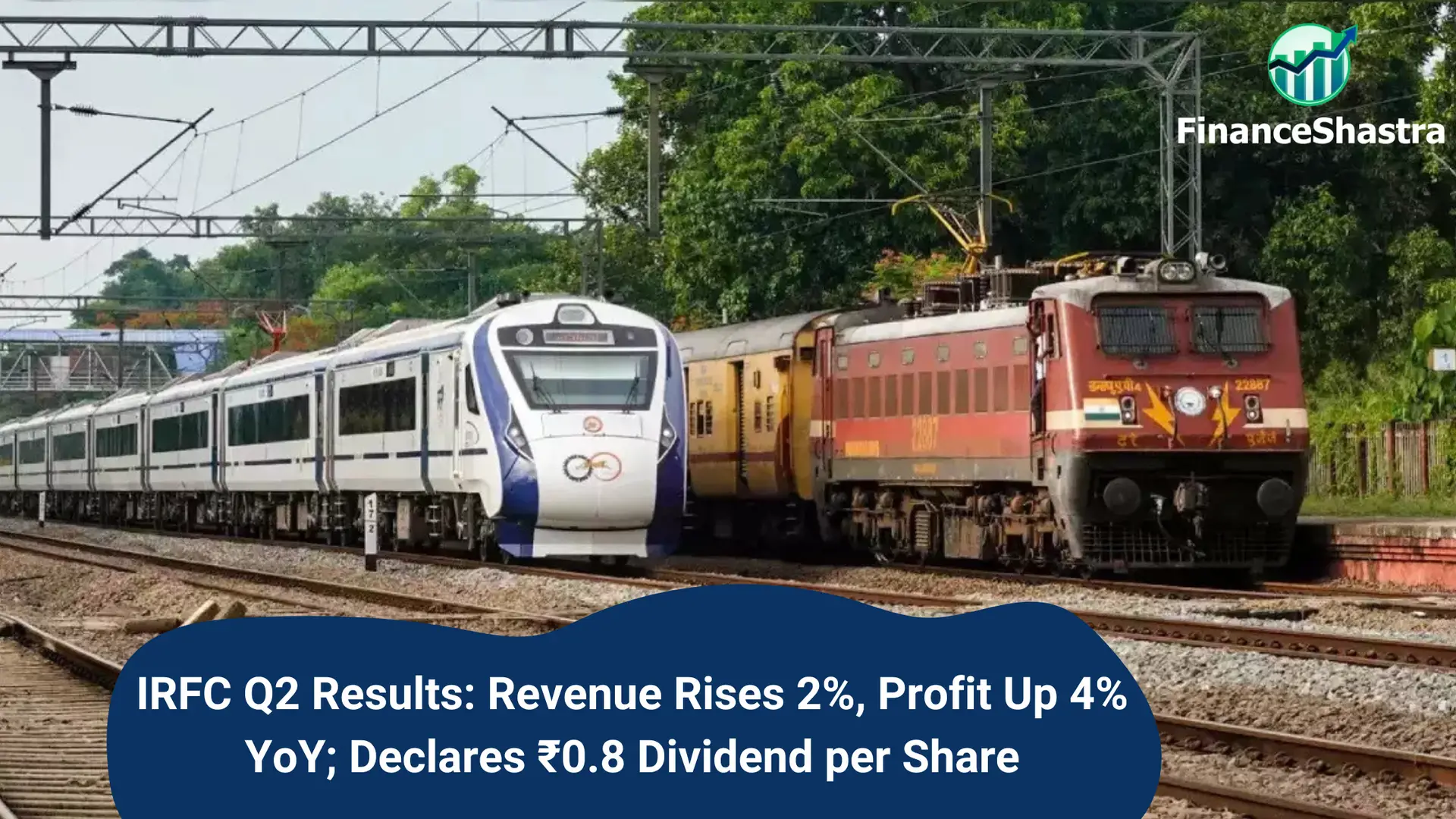Piramal Pharma Ltd. surges 3.8%—key Insights and Growth Outlook
Business and Industry Overview:
Piramal Pharma Limited (PPL) is a global pharmaceutical company. It develops, manufactures, and sells medicines and healthcare products. The company has 17 factories in different countries. It sells its products in over 100 countries. PPL operates in three main areas. Piramal Pharma Solutions (PPS) helps other companies make medicines. Many companies do not have their own factories. They ask PPL to develop and manufacture medicines for them. PPL helps in research, testing, and production. This allows new medicines to reach people faster. Piramal Critical Care (PCC) makes medicines used in hospitals. These include painkillers, anesthesia drugs, and medicines for serious infections. Doctors use these medicines for surgeries and emergency treatments. Hospitals rely on them for intensive care and life-saving procedures. India Consumer Healthcare makes everyday health products. These products can be bought in stores without a prescription. Some popular products include Saridon (for headaches), Lacto Calamine (for skincare), and Polycrol (for digestion problems). Many people in India use these products in their daily lives. PPL has important partnerships and investments. It works with AbbVie Inc., a well-known pharmaceutical company. Together, they have a joint venture called AbbVie Therapeutics India Private Limited. This company makes medicines for eye diseases. It is a leader in ophthalmology in India. PPL has also invested in Yapan Bio Private Limited. This company works on biotechnology and develops new medicines. In October 2020, The Carlyle Group invested in PPL. They bought 20% of the company. This helped PPL expand its research, production, and market reach. PPL is part of the Piramal Group. This group also works in finance and real estate. It operates in over 30 countries. It sells products in more than 100 markets. It has over 10,000 employees from 21 different nationalities. It focuses on making safe and high-quality medicines. It wants to improve healthcare around the world. It aims to make good medicines available to more people.
The Indian pharmaceutical industry is one of the largest in the world. It provides affordable and high-quality medicines globally. India is known as the “Pharmacy of the World.” It supplies 50% of global vaccine demand. It also meets 40% of generic medicine needs in the U.S. and 25% in the U.K. Indian medicines are exported to more than 200 countries. The country has over 10,500 pharmaceutical manufacturing units. It also has the most U.S. FDA-approved plants outside the U.S. India plays a key role in life-saving drug production. It supplies over 80% of global antiretroviral drugs for HIV/AIDS. Indian medicines are low-cost yet high in quality. Drug manufacturing costs in India are 30-35% lower than in the U.S. and Europe. Research and development (R&D) costs are 87% lower than in developed markets. This makes Indian pharma highly competitive worldwide. The industry is growing fast. It was valued at $50 billion in 2023. It is expected to reach $130 billion by 2030. By 2047, it could touch $450 billion. Growth is driven by strong exports and rising domestic demand. The sector includes generic drugs, vaccines, biosimilars, and biologics.
The government supports the pharma sector. The Production Linked Incentive (PLI) scheme, worth $2.04 billion, boosts local manufacturing. More funds help MSMEs and pharma clusters improve productivity. The government plans to open 10,500 Pradhan Mantri Bhartiya Jan Aushadhi Kendras by 2025. These stores provide affordable medicines to people.
Foreign investment in pharma is increasing. India allows 100% FDI in Greenfield pharma projects. Up to 74% FDI is allowed in Brownfield projects through the automatic route. The sector has received $22.52 billion in FDI since 2000. This shows India’s strong position in the global market. The biotechnology sector is expanding. It was valued at $137 billion in 2022. It is expected to grow to $300 billion by 2030. India is among the top 12 biotechnology hubs in the world. The biosimilars market is growing at a 22% annual rate. It could reach $12 billion by 2025. The medical devices industry is also growing. It is valued at $11 billion today. By 2030, it could grow to $50 billion. The government has allocated $120 million in the 2024-25 budget for bulk drug parks. This will boost domestic production. The pharma industry is a key part of India’s economy. It contributes 1.72% to the country’s GDP. It provides jobs to millions of people. Scientists, engineers, and researchers help the industry grow. With strong investments and policies, the Indian pharma sector will expand further. It will continue to improve global healthcare in the coming years. The company is a strong player in the pharmaceutical industry. It makes high-quality medicines at low prices. It sells its products in many countries, including the U.S. and Europe. This helps it grow in global markets.
Latest Stock News:
On March 21, 2025, Piramal Pharma Ltd. informed BSE and NSE about the results of the e-voting process related to a postal ballot for the approval of the appointment of Ms. Nathalie Leitch as a Non-Executive, Non-Independent Director of the company.
The company had issued a notice on February 19, 2025, regarding the remote e-voting process, where members of the company could cast their votes online from February 20, 2025, to March 21, 2025. The resolution was passed with a majority of members voting in favor of the proposal. A total of 1,797 members participated in the e-voting, with 92.21% voting in favor of the resolution and 5.79% voting against it.
The scrutinizer’s report, which includes the details of the voting process and the final results, was also shared with the company. Based on this scrutiny, the resolution was certified as passed with the requisite majority. The report confirms that the resolution is deemed to be approved as of the last date of voting, March 21, 2025. The company has now made the results and scrutinizer’s report available on its website and on the NSDL platform for public access.
These developments, along with the positive financial outlook and strategic initiatives discussed earlier, indicate continued confidence in Piramal Pharma’s growth trajectory and leadership decisions, which could influence investor sentiment and share price positively.
Potentials:
Piramal Pharma Solutions is expanding its injectables facility in Lexington, Kentucky. The company is investing $80 million for this project. The goal is to more than double the production capacity. Currently, the site produces 104 product batches per year. After expansion, this will increase to over 240 batches. The project is expected to be completed by early 2027. The investment will come from bank loans and internal funds. The expansion will add 24,000 square feet of space. A new laboratory and advanced machinery will also be added. This will help Piramal meet the rising demand for injectable medicines. The injectables market is growing fast. It is expected to reach over $20 billion by 2028. Piramal wants to become a key player in this market. The company has big goals for the future. It plans to double its revenue to $2 billion by 2030. Currently, contract manufacturing brings 58% of its revenue. The company aims to grow this segment even more. Piramal may also benefit from the US Biosecure Act. If passed, this law will stop US agencies from buying biotech equipment from certain Chinese companies. This could create more opportunities for Indian pharma companies. Piramal has already seen more business inquiries since March 2024. Other Indian pharma companies are also expanding. Zydus is increasing research for better medicines. Sun Pharma is working on drugs for obesity and diabetes. Many Indian companies are upgrading their factories to meet global standards. They are also partnering with international firms to expand worldwide. These efforts will help Indian pharma grow and provide better medicines globally.
Analyst Insights:
- Market capitalisation:₹ 28,881 Cr.
- Current Price:₹ 218
- 52-Week High/Low: ₹ 308 / 119
- Stock P/E: 550
- Dividend Yield: 0.05%
- Return on Capital Employed (ROCE): 5.49%
Piramal Pharma’s stock is trading at ₹218 with a P/E ratio of 550.21, which is extremely high, indicating potential overvaluation. The company’s return on equity (ROE) is very low at just 0.22%, highlighting poor profit generation relative to its equity. Despite having a market cap of ₹28,881 crore, Piramal Pharma’s debt stands at ₹4,710 crore, indicating financial leverage that could be risky. The operating profit margin (OPM) has fluctuated significantly, with a dip to 5.09% in December 2022, showing inconsistent performance. On the positive side, 84% of revenues come from regulated markets like the US, Europe, and Japan, and the company’s customer base has grown to about 500, with a focus on integrated projects that accounted for 40% of new orders in FY24. While the stock’s current valuation and financial metrics raise concerns, its growth prospects in international markets and continued focus on service expansion suggest that investors should hold the stock and monitor future performance for potential improvements.






